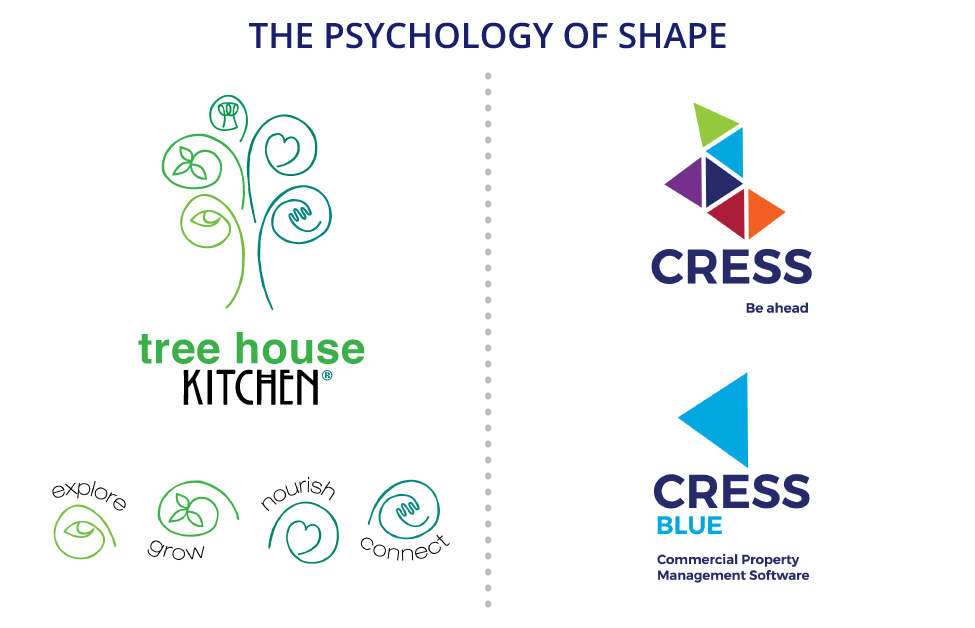The Importance of an Effective Business Logo

Your logo tells people a lot about your company. At a glance, it shows the world your brand is green, bold or even romantic. The trick is getting it right.
A business logo is more than a trendy image. It is the face of your company. Intrinsically linked with your corporate identity, logos are the cornerstone of every marketing campaign, connecting your brand elements and providing an easy point of reference for all your content.
So, why do business logos matter? And how do you design one that represents your business at a glance?
The purpose of your logo
A picture might whisper a thousand words, but a logo has far more to say. Therefore, controlling that narrative is important because consumers are judging you. A 2011 study published in the Journal of Product Innovation Management looked into brand perception and found that consumers use the typeface and shape of your logo to judge both the target market and the credibility of your business. What’s more, they associate well-designed logos with high-end brands, meaning your logo makes a critical contribution to your corporate identity.
This is especially true online, where visitors make a decision within seconds of landing on your site. Logos designed to enhance brand trust affect a visitor’s perception of your website and, by extension, your brand. This means your logo has three primary purposes:
- To introduce your brand
- To promote brand credibility
- To encourage brand recognition
Introduce your brand
A business logo is one of the first ways your brand shows up to its audience. Its impact sets the tone for your company and makes or breaks your brand authority. Google “bad logos funny,” and you’ll see what we mean. Those extreme examples demonstrate the importance of professional design and understanding your audience. The first time people see your logo, they should say, “Wow!” because of how relevant and well-designed it is, not because it’s shocking.
Promote brand credibility
Once your logo is out there, it will help build your business credibility. There are four types of credibility: presumed, reputed, experienced and surface. All play an important role in cultivating brand trust, but nonverbal surface credibility is crucial when considering a logo’s design.
The key component to surface credibility is charisma; in other words, a confident and dynamic logo. These two factors go a long way to establishing trustworthiness and expertise. But to get full value from your logo, they must also be communicated in other aspects of your marketing materials, website and face-to-face interactions.
Encourage brand recognition
Every good designer uses the principles of design in their work. The basic principles include contrast, balance, emphasis, proportion, hierarchy, repetition, rhythm, pattern, white space, movement, variety, and unity. Every aspect of your business logo will incorporate them in its shape, font and colour for maximum effect.
Logo shape and typeface
Relying on the psychology of shape is how designers generate a visual representation of a brand’s goals. The shapes you choose say a lot about your business. For example, large proportions of the population associate circles and rings with commitment, partnership and love. Therefore, round edges and curves project positivity. Straight lines are more practical, decisive and efficient. Triangles are used in both religion and law and instill confidence.
Similarly, rounded typefaces are considered more youthful, while straight-edged fonts speak to confidence and power.

Logo colour
The most recognizable component of your logo—colour—is a crucial consideration, and startups should generally avoid colours associated with industry leaders.
Natural tones—blue, green and yellow—have the highest level of engagement and are associated with trust and honesty. In addition, blue is universally connected to strength (there’s something to this; 40% of Fortune 500 companies have a blue logo), while yellow implies a playful, cheerful disposition.
Use bolder tones like red carefully. Connotations of love and passion can be overshadowed by associations with anger and danger, so finding the right shade is essential.
Don’t leave your business logo to chance
With all these subconscious cues to be aware of, leaving your logo design to chance is one of the worst missteps businesses can make. Investing in your business starts with the image you present to the world. Your logo plays a critical role in establishing brand trust and has the power to enhance or hinder marketing strategies across every channel.
Is your business logo delivering your message? If you can’t answer that, it’s time to ask Mindspin for a brand audit and refresh, or maybe you’re ready to design an entirely new brand identity.
Tanja Groos, Founder and Director, Mindspin® Studio Inc.
Tanja Groos is a Founder and Strategy Director with more than 25 years of experience in branding and digital marketing. She has a strong background in developing and implementing marketing strategies, gained from collaborating with leaders and managers in consultative and service-based industries. Her efforts have tripled sales, surpassed top industry competitors online, and enhanced brand credibility for her clients.
Tanja’s award-winning branding work and marketing insights have been featured in national showcases and publications like “The Hamilton Spectator” and “Identity Solutions.” She received the Entrepreneurial Recognition Award from the Government of Canada. Tanja is passionate about helping people connect with services that enhance their lives and guiding readers in achieving their business growth dreams by explaining how marketing gets them there.
Follow Tanja on LinkedIn












